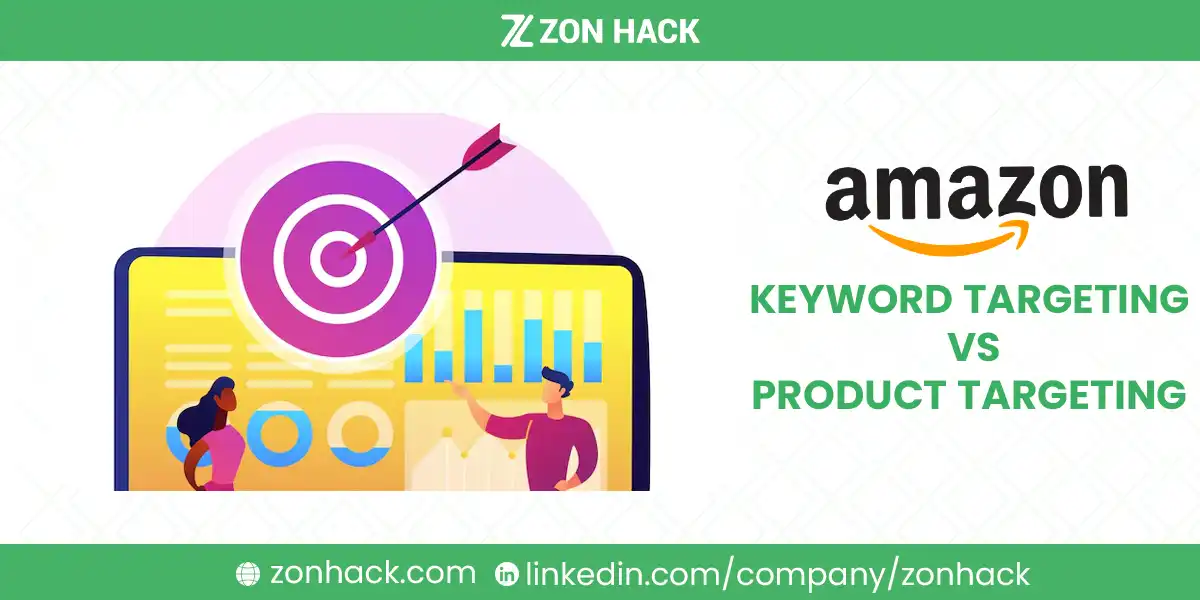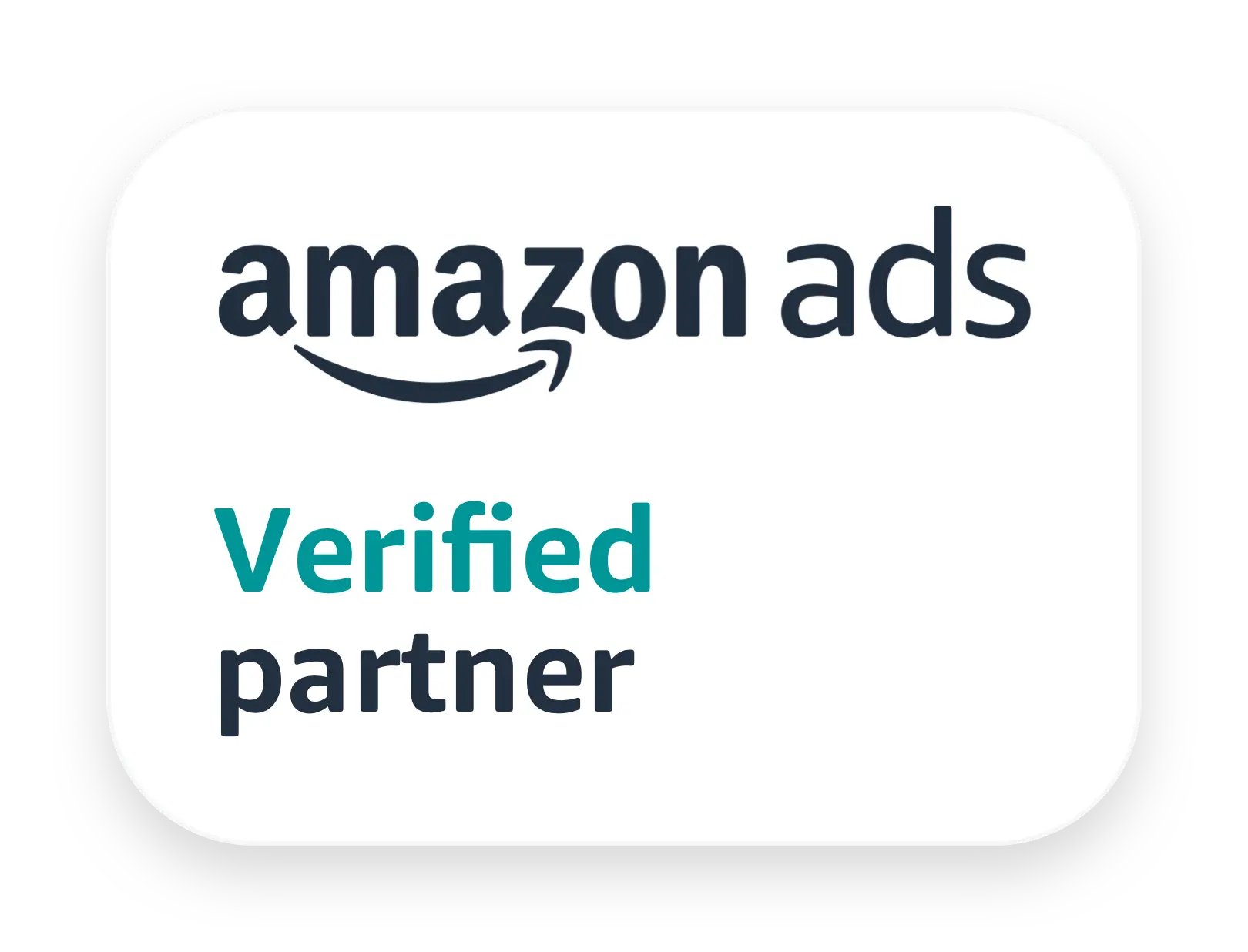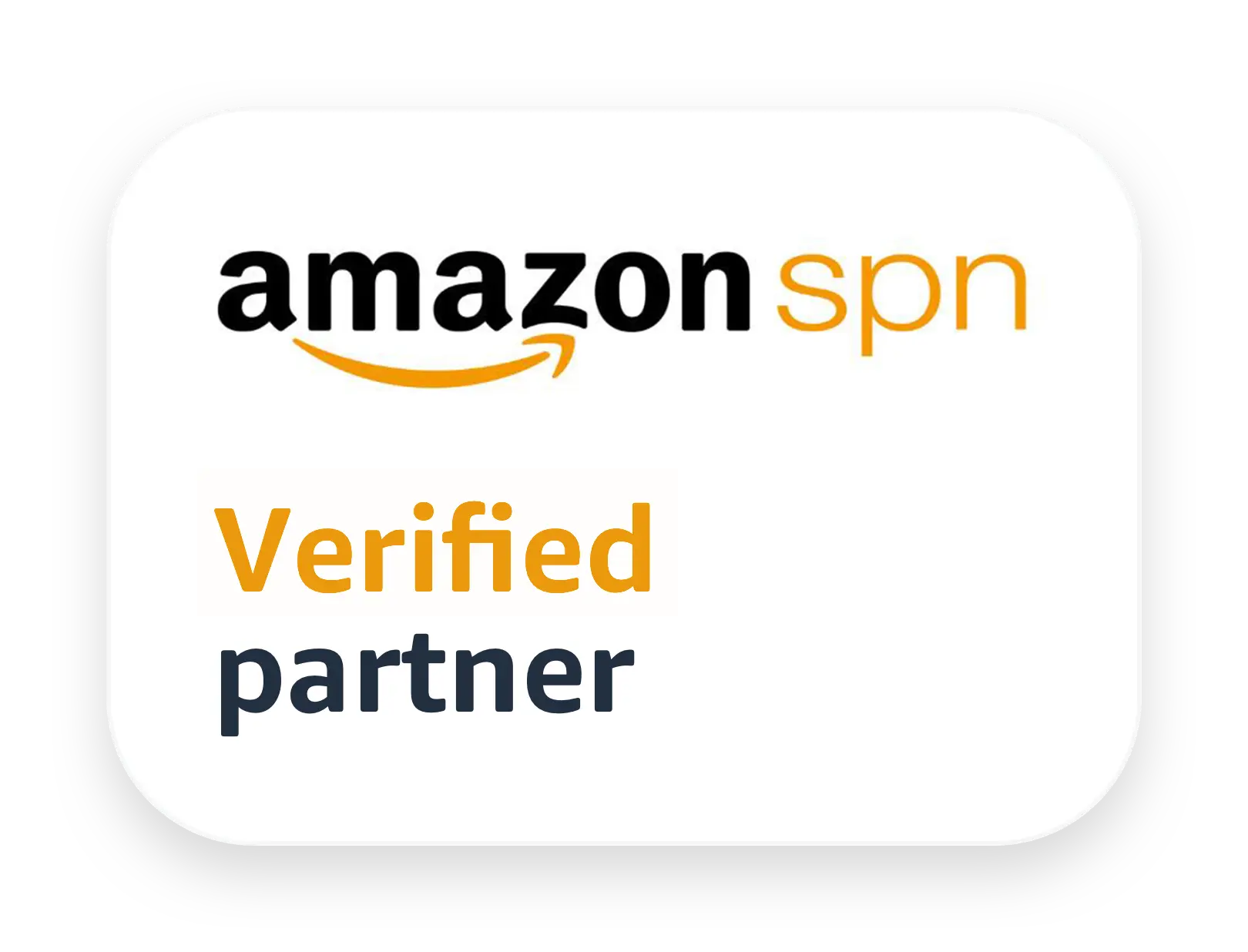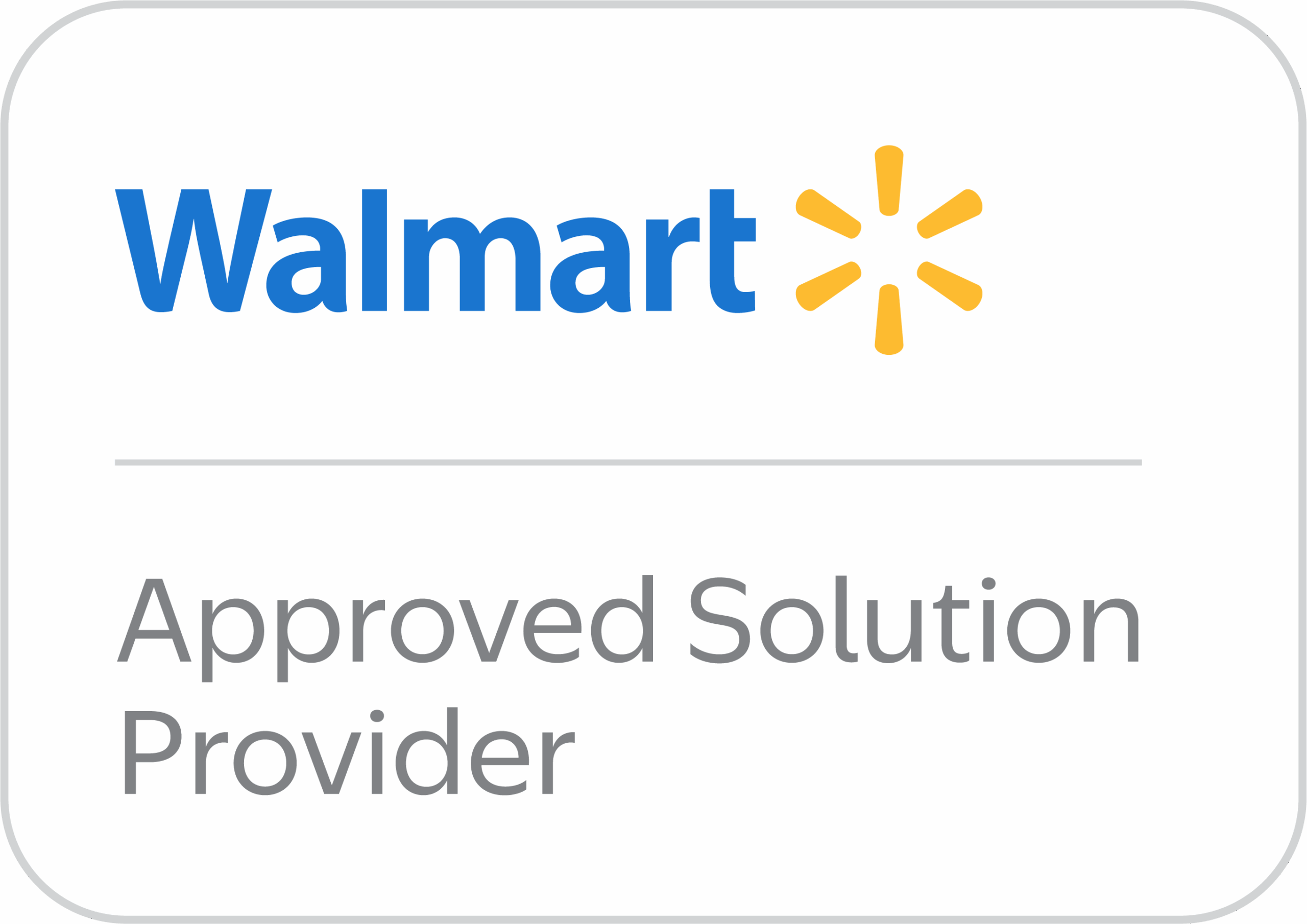If you’re an Amazon seller, navigating the world of Amazon advertising can be challenging. One of the most common dilemmas advertisers face is choosing between keyword targeting and product targeting. While both strategies aim to drive sales, they work differently and serve different purposes.
keyword targeting works best when you want to capture search traffic, while product targeting is more effective for targeting competitors’ or complementary products. However, understanding the details can help you choose the right strategy for your goals.
What is Keyword Targeting?
Keyword targeting is a strategy that involves bidding on search terms that customers use when browsing Amazon. You choose words or phrases relevant to your product, and your ad appears when a customer searches for those terms. Keywords are essential because they align your ads with what users are actively looking for.
Types of Keyword Targeting
Amazon allows you to use three different types of keyword matches—broad, phrase, and exact.
In broad match, your ad can appear in searches that contain all or some variations of your keyword, giving your ads more exposure.
Phrase match restricts the appearance to searches that contain the exact sequence of your keyword phrase, while exact match limits it to searches that contain the precise keyword without any variation.
Broad match gives you more reach, but exact match gives you more precision. A seller may test all three match types to find the best combination of reach and relevance.
With keyword targeting, you can also use negative keywords, which help you exclude irrelevant search terms that might drive unwanted traffic and waste your ad budget.
Benefits of Keyword Targeting
One of the greatest benefits of keyword targeting is the control it offers over bids. You can manually set bids for each keyword, allowing you to optimize for higher conversion rates. If you know which keywords work best for your product, this can lead to a higher return on ad spend (ROAS). However, keyword targeting can also be competitive and costly if you’re bidding on popular search terms.
What is Product Targeting?
Product targeting is different from keyword targeting in that it focuses on showing your ads on specific product detail pages or categories. With this method, you can target ads to appear on the pages of competitors’ products, complementary products, or within specific categories. Product targeting works particularly well for Sponsored Products and Sponsored Display ads. Instead of relying on search terms, you target potential customers based on the products they are viewing.
Types of product targeting
Amazon offers several ways to target your ads based on product attributes. With category targeting, you can display ads within specific product categories, reaching shoppers browsing related items.
Brand targeting, on the other hand, allows you to show ads alongside products from particular brands, ideal for competitive positioning. ASIN targeting lets you pinpoint individual product pages using Amazon’s unique identifiers.
Price range targeting helps you reach customers looking at products within a specific budget, ensuring your ads are shown to the right audience. Lastly, review rating targeting allows you to focus on products with certain star ratings, helping you associate your brand with quality or target underperforming competitors.
Benefits of product targeting
Product targeting on Amazon offers several advantages for advertisers.
Firstly, it reaches users who are already interested in similar products, increasing the likelihood of engagement and conversion. This method is particularly effective for promoting complementary or related items, as shoppers are often in the mindset to consider additional purchases.
Product targeting is also a powerful tool for cross-selling and up-selling strategies. By displaying your ads next to related products or higher-end alternatives, you can capture customers at the right moment in their shopping journey, potentially increasing average order value and expanding your product visibility.
How Do Keyword Targeting and Product Targeting Compare?
Understanding the differences between keyword targeting and product targeting can help you make informed decisions about which strategy is best suited for your advertising goals.
| Feature | Keyword Targeting | Product Targeting |
| Where Ads Appear | In search results based on customer searches | On product detail pages of specific products |
| Control Over Bidding | High control, adjust bids by keyword | Medium control, adjust bids by product or category |
| Ideal For | Capturing high-intent search traffic | Competing with similar or complementary products |
| Ad Placement | Based on keyword matches | Based on specific product ASINs or categories |
| Reach | Potentially broader reach | More targeted reach based on product browsing |
| Customization Options | Use of negative keywords, match types | Target by price, rating, Prime eligibility |
In simple terms, keyword targeting works best if you’re aiming to reach customers who are actively searching for your product or similar items, while product targeting excels at targeting customers who are already browsing specific product pages. Both strategies play important roles, but they are most effective when used in combination.
When to Use Each Strategy
Keyword targeting is perfect when you know what your customers are searching for. If you have a clear understanding of the search terms your target audience is using, keyword targeting can be a powerful tool to capture high-intent traffic. This is particularly useful for seasonal promotions, new product launches, or when you want to expand your brand’s reach in a competitive market.
On the other hand, product targeting is ideal when you want to reach customers who are already comparing products. If your goal is to capture the attention of customers looking at your competitors’ products, product targeting allows you to show up at the right time. It’s also useful when you want to upsell complementary products or promote alternatives within a specific category.
For example, if you’re selling accessories for a high-selling phone model, you can target that phone’s product page. Or, if you’re selling a product with better reviews or more features than your competitors, product targeting can highlight your product as the superior choice.
Can You Combine Both Product Targeting and Keyword Targeting?
For the best results, many advertisers use a combination of keyword and product targeting. This strategy allows you to engage customers at multiple stages of the buying journey. You can use keyword targeting to build brand awareness by capturing top-of-the-funnel traffic, and then use product targeting to convert undecided shoppers who are comparing products on competitors’ pages.
By testing and optimizing both methods, you can achieve a balanced campaign that maximizes visibility and conversions. For instance, during a product launch, you could use keyword targeting to drive initial traffic and product targeting to retarget those who didn’t convert the first time.
How to Optimize Keyword Targeting
To get the most out of keyword targeting, it’s important to choose the right keywords. Start by researching high-converting search terms using tools like Amazon’s Keyword Planner or third-party platforms. Focus on long-tail keywords, which tend to have lower competition but higher conversion rates. For example, instead of bidding on the highly competitive keyword “laptop,” you could bid on a long-tail keyword like “budget laptop for students.”
Additionally, regularly review your search term reports to identify which keywords are driving conversions and which ones are not. If certain keywords aren’t performing well, you can use negative keyword targeting to exclude them from your campaign, helping you to focus your budget on more profitable terms.
How to Optimize Product Targeting
When it comes to product targeting, success lies in choosing the right products to target. Analyze your competitors’ pages and identify high-traffic ASINs where your ad would make sense. If you’re selling a product with a unique feature or competitive price, targeting your competitor’s product page could help you sway potential buyers.
Amazon also provides tools for automatic product targeting, which can be a good way to start. Over time, use performance reports to refine your strategy and focus on products or categories that deliver the best results.
Monitoring metrics like click-through rate (CTR) and conversion rates will help you adjust your bids and improve your campaign’s performance.
FAQs
Can I use both keyword targeting and product targeting in the same campaign?
Yes, you can use both strategies in a single campaign. Combining both allows you to capture a broader audience while also targeting specific product pages.
How do I know if keyword targeting is working for my Amazon ads?
Monitor your search term reports to see which keywords are driving clicks and conversions. Adjust your bids and add negative keywords for non-performing terms to improve your campaign.
What’s the difference between product targeting and category targeting?
Product targeting focuses on specific product detail pages, while category targeting allows you to target a broader range of products within a specific category.
Are there any products I shouldn’t target in product targeting?
Avoid targeting low-converting or irrelevant products. Focus on products that are similar or complementary to your own to increase the chances of conversion.
Summary
In summary, keyword targeting and product targeting on Amazon serve different purposes but can be used together to create a comprehensive advertising strategy. Keyword targeting allows you to capture search traffic, while product targeting helps you engage customers browsing similar or competing products. By understanding the strengths and weaknesses of both strategies, you can tailor your campaigns to achieve your advertising goals and drive sales.




